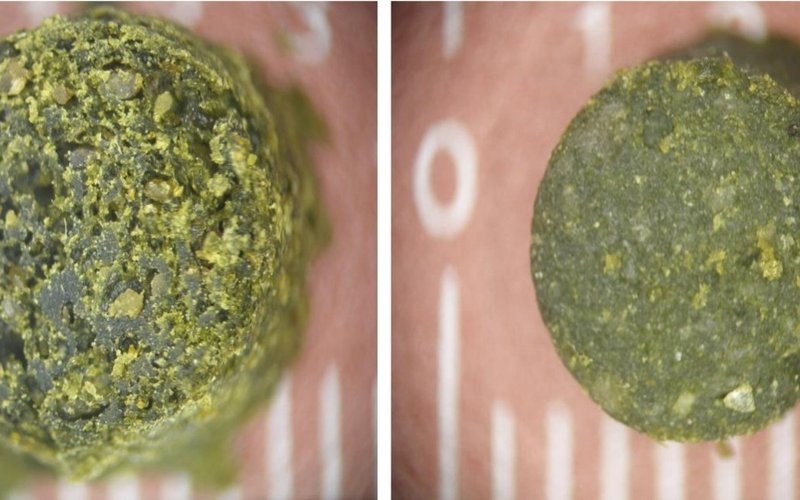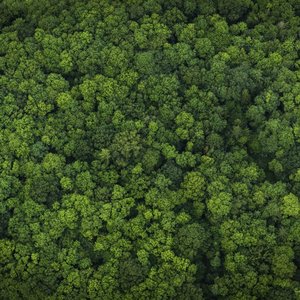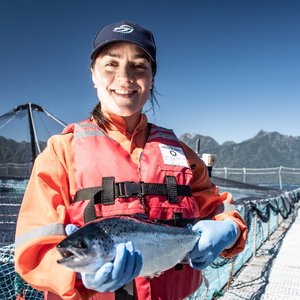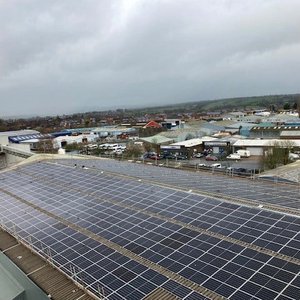Aquafeed is made mainly by low-moisture extrusion cooking. To further improve feed quality, a team of US researchers from USDA-ARS developed a new process featuring high-moisture extrusion with a twin-screw extruder and a specially designed cooling die.
In this study, aquafeed was made with two mash formulations (with or without wheat flour) by low moisture (conventional) or high moisture (new) extrusion under the same temperature (138°C). Fresh and/or dried extrudates were evaluated for visual appearance, physical quality (water absorption and hardness with soaking time, bulk density, pellet durability, water stability and oil absorption capacity), chemical composition and degree of starch gelatinization.
Results showed that processing methods, feed formulation and post-extrusion drying all had significant effects on the visual appearance and physical quality of feed. The new feed was less expanded and less porous than conventional feed, leading to a significant reduction in oil absorption capacity, about 85% of conventional feed.
Upon contact with water, fresh and dried conventional feed absorbed water quickly and disintegrated easily, while NF absorbed water slowly and maintained a soft texture (around 50 g/mm2, comparable to fish fillet texture) even after 24 hours of soaking. Dry matter loss from the new feed was significantly less than conventional feed, after 6 hours shaking in water.
Due to its compact texture, NF had higher pellet durability than conventional feed, with a bulk density greater than 1 g/cm3. The addition of wheat flour to the mash made conventional feed more porous, harder in texture and less water stable but exerted a limited effect on the new feed.
“The new process produced aquafeed that was soft in texture, durable, and extremely water-stable, while making the addition of starch or other binders unnecessary. Although an increase in drying cost for the new feed is expected, the new method offers a good alternative to produce specialty feed and a promising strategy to reduce water pollution issues associated with aquaculture,” researchers said.
Check out the study here.













